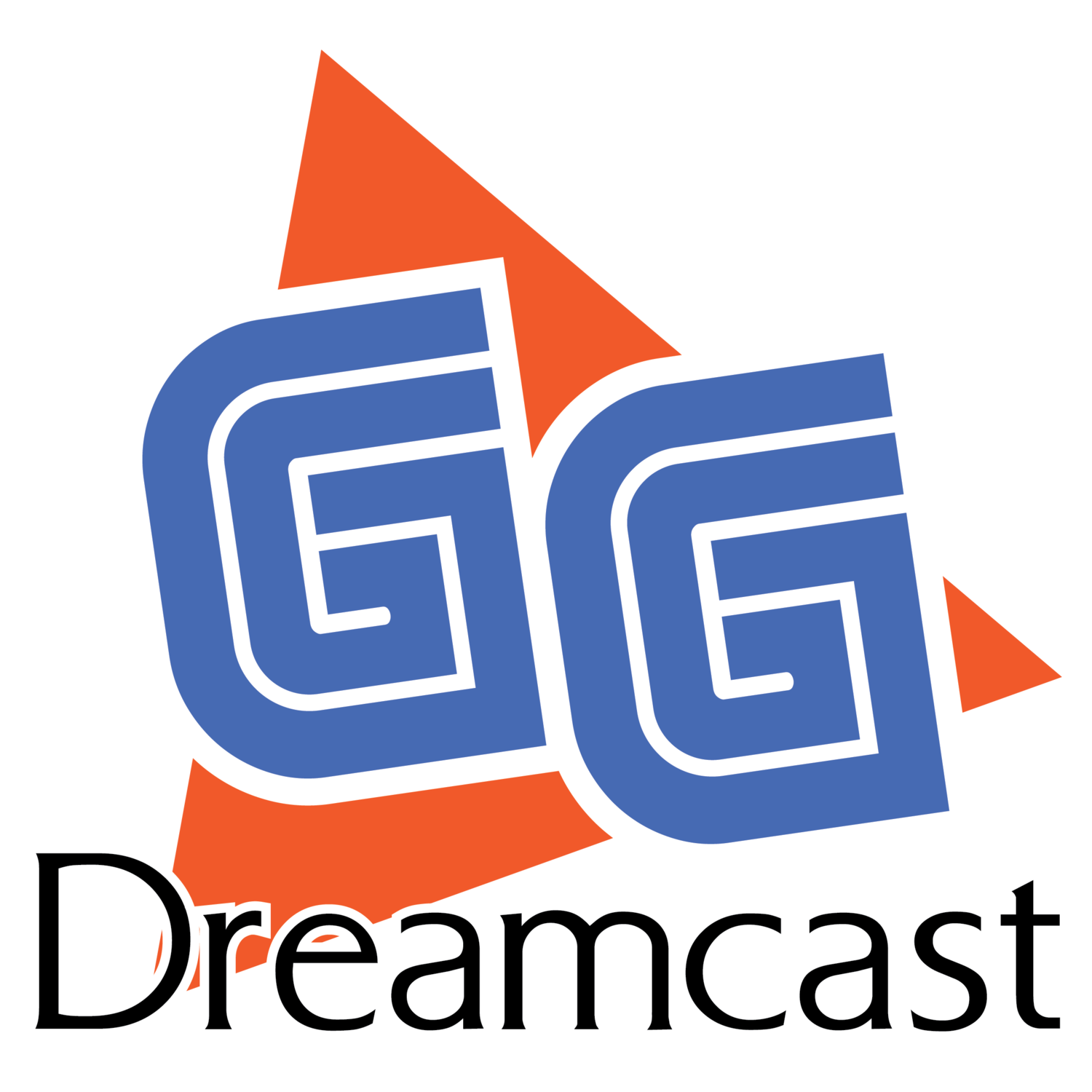Tokyo Xtreme Racer 2
Alternate Titles - Shutokō Battle 2 (Japan); Tokyo Highway Challenge 2 (Europe)
Developer - Genki
Publisher - Genki (Japan); Ubi Soft (Europe); Crave Entertainment (North America)
Lead Designer - Tsutomu Morishita
Lead Programmer - Shigeo Koyama
Genre - Racing
Dreamcast Release Dates - June 22, 2000 (Japan); September 1, 2000 (North America); December 22, 2000 (Europe)
Additional Releases - Tokyo Xtreme Racer: Zero (Sony Playstation 2)
Current Average Price - $60
There’s something mesmerizing about Tokyo Xtreme Racer 2. As the asphalt slips by at 150 miles per hour and the city lights glimmer on the horizon, as we rip across Tokyo Bay Bridge illuminated only by sparse streetlamps and the brilliant headlights of other midnight travelers, as we speed through a city of never-ending energy amidst perpetual midnight, we find calm. Tokyo Xtreme Racer 2 is beautiful and peaceful and meditative and relaxing. It’s different. And it’s pure.
TXR2 Gameplay
The Sega Dreamcast had no shortage of racing games, and most of them are pretty standard. That’s not to imply that they’re bad - some are excellent - but a racing game is a racing game, right? Race on race tracks, first to cross the checkered flag wins. Standard stuff. But Tokyo Xtreme Racer (the original and its sequel) dared to be different. What differentiated TXR2 from other racers are the places where races take place, and the way that races are won.
The player begins the main game, Quest Mode, with a small amount of cash with which we can buy our first car. This rather lowly street racer is then unleashed on the darkened highways of Tokyo (there’s no daytime in Tokyo Xtreme Racer 2 and the “tracks” are modeled after real Tokyo highways). We speed across this massive open highway indefinitely, choosing our own path through on-ramps and off-ramps seeking other street racers.
But instead of the usual race system, where we must lead the pack and be the first to cross the line, races in TXR2 are high speed endurance battles. When we come upon a rival racer, a quick flash of the high beams tells them we’re ready to race (the inverse can happen as well - we might be flashed by a rival at any moment). If the rival accepts, the race is on. Two gauges appear at the top of the screen similar to the health bars found in most fighting games. The health bar of the car which is behind (ie. losing the race) depletes over time. The further behind the car is, the faster the bar depletes. When the health bar of one of the cars reaches zero, the other car wins the race. When the race ends, we simply return to speeding around freely on the darkened Tokyo highways, looking for more rivals to race.
Beating rivals unlocks cars which can be purchased, and earns the player money which can be spent on upgraded parts, paintwork, stickers, and more. In addition, beating special rivals opens up new sections of highway.
There are modes beyond Quest Mode - Time Attack, Quick Race, Free Run - but these modes are so typical that they resist description. They’re all well done, and the novelty of racing entirely at night and on sprawling Tokyo highways is as engaging in these modes as it is in the main Quest Mode, but Quest Mode is without question the star of the show. And that’s okay, because it’s phenomenal fun and never gets old.
I’ve spent hours and hours simply speeding along the highways at 150 miles per hour, watching the glittering skyscrapers stream past on either side of my elevated highway racetrack, enjoying the music and the sound of the engine.
Legacy
Genki, the development company which made TXR2, was founded in 1990 by Hiroshi Hamagaki and Tomo Kimura, former employees of SEGA. In its earliest years, Genki tried their hand at numerous genres (FPS, action, and motorcycle racing games) before finding their niche in racing games with the Shutokō Battle series (of which Tokyo Xtreme Racer is a part) in 1994. For the next dozen years, Genki would continue to develop games in the Shutokō Battle series, the best-selling title of which would be the Dreamcast’s Tokyo Xtreme Racer and its sequel.
In its own time, Tokyo Xtreme Racer 2 was lauded by critics. IGN’s Anoop Gantayat called TXR2 “…the most enjoyable racing experience on a system that's flooded with racers.” High praise, indeed. Just remember that IGN’s review was published three weeks before the release of Metropolis Street Racer.
Today, Tokyo Xtreme Racer 2 is a must-have game for any Dreamcast owner. With beautiful graphics that have aged well, plenty of vehicles each wildly customizable, and a unique and challenging core gameplay mechanic, it’s as compelling today as it was when it was first released.



